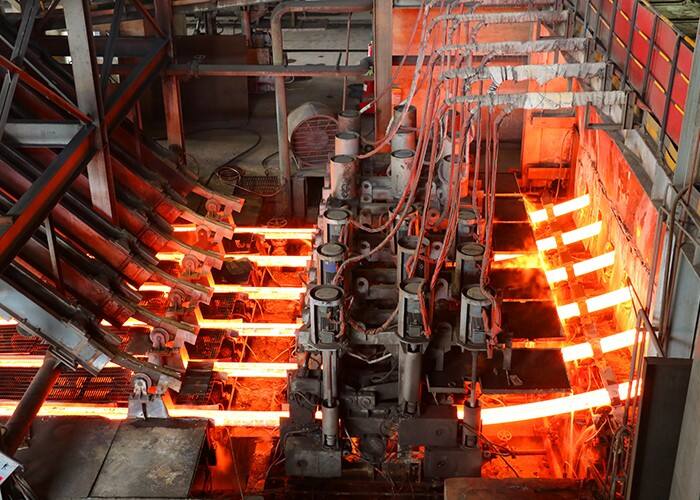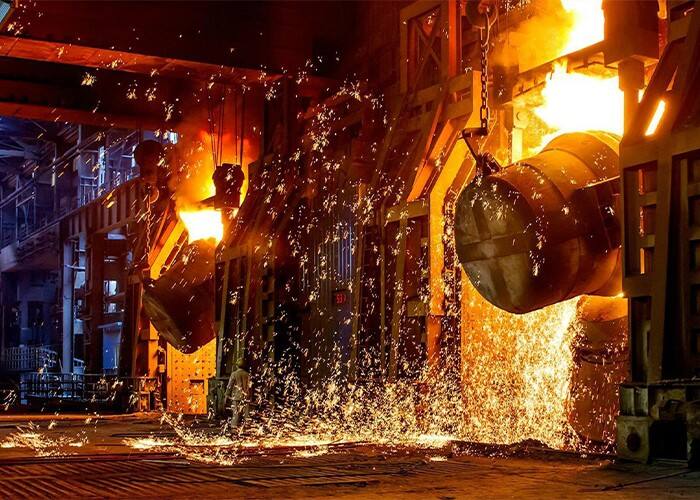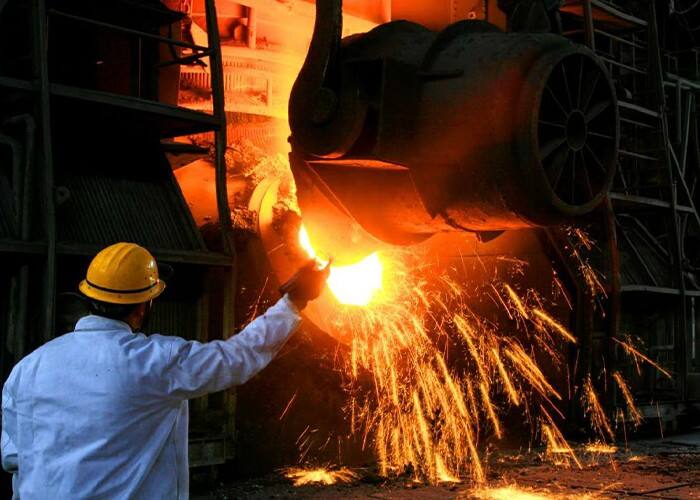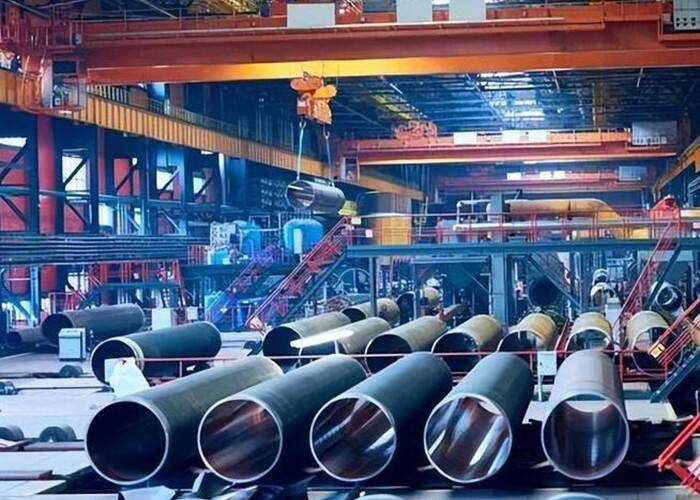World Steel Association expects global steel demand to continue to grow this year and next
The World Steel Association released the April 2024 short-term steel demand forecast report, predicting that global steel demand will rebound by 1.7% in 2024, reaching 1.793 billion tons; global steel demand will increase by 1.2% in 2025, reaching 1.815 billion tons. From 2024 to 2025, global steel demand will continue to grow. As far as China is concerned, the World Steel Association predicts that China's steel demand in 2024 will remain roughly at the level of 2023. Although the continued decline in real estate investment will lead to a corresponding shrinkage in steel demand, the growth in demand brought by infrastructure investment and manufacturing will offset the decline in the real estate industry. ; In 2025, China's steel demand is expected to drop by 1%, far below the demand peak in 2020.
From 2024 to 2025, global steel demand in other countries except China is expected to grow by 3.5% annually. Specifically, from 2024 to 2025, due to the impact of local infrastructure investment, India's steel demand will continue to grow by 8%. Steel demand in 2025 is expected to be nearly 70 million tons more than in 2020; following the slowdown in growth from 2022 to 2023 Later, the steel demand in other emerging economies such as the Middle East, North Africa and ASEAN is expected to accelerate from 2024 to 2025. Among them, ASEAN is affected by political instability and other factors, and the future steel demand growth rate is expected to further slow down; the steel demand in developed economies It will grow by 1.3% and 2.7% respectively in 2024 and 2025. The EU's steel demand is expected to recover substantially in 2025, and the United States, Japan and South Korea will also maintain the resilience of steel demand. It is worth noting that the EU and the UK are still the regions facing the greatest challenges to global steel demand growth. The steel industry in the EU and the UK is facing many challenges such as geopolitical changes and uncertainty, high inflation, monetary tightening and the removal of some fiscal support, as well as high energy and commodity prices. In 2023, steel demand has dropped sharply to the lowest level since 2000. The lowest level since 2024, the forecast value for 2024 will also be significantly reduced, and signs of recovery are not expected until 2025, with an increase of 5.3%. The fundamentals of U.S. steel are acceptable and it is expected to quickly return to the growth track in 2024.
From the perspective of downstream industries, on the one hand, high interest rates and high construction costs have led to a decline in the residential construction industry, dragging down demand growth in most major steel consuming regions. In 2023, the residential industry activities in the United States, China, Japan and the European Union are not active, and overlay currencies Due to the impact of tightening, it is expected that a substantial recovery in steel demand in the residential construction industry will only begin in 2025; on the other hand, high costs, high uncertainty, tighter financing conditions and weak global demand have led to weak global manufacturing activity, which is expected to be weak in 2024. The automotive industry in most countries is showing weak growth at best.
In addition, the World Steel Association believes that the green transformation of the world economy is considerable, which is one of the main reasons for strong investment in the public infrastructure industry. For example, a recent study by the World Steel Association's Market Research Committee showed that new wind power installations will drive global steel demand to triple by 2030, to about 30 million tons, compared with the early 1920s. While steel demand from the wind energy industry accounts for a relatively small share of total global demand, it has the potential to support overall steel demand in regions such as Europe. It should be noted that public infrastructure investments aimed at strengthening infrastructure construction, resisting climate change risks, and carrying out post-disaster reconstruction are important factors supporting the growth of steel demand in major steel-consuming countries such as Japan, South Korea, and Turkey in 2023. The World Steel Association emphasized that although public infrastructure investment and manufacturing investment will remain strong, high construction costs and labor shortages may restrict future public infrastructure investment and manufacturing investment growth in the short term.





 EN
EN








































